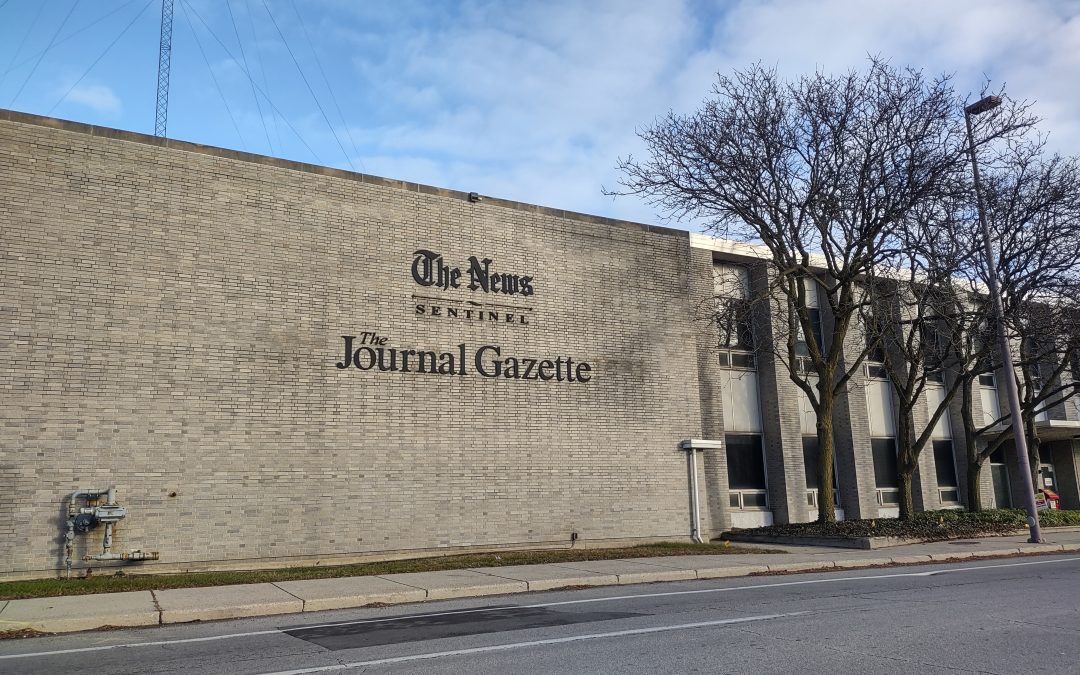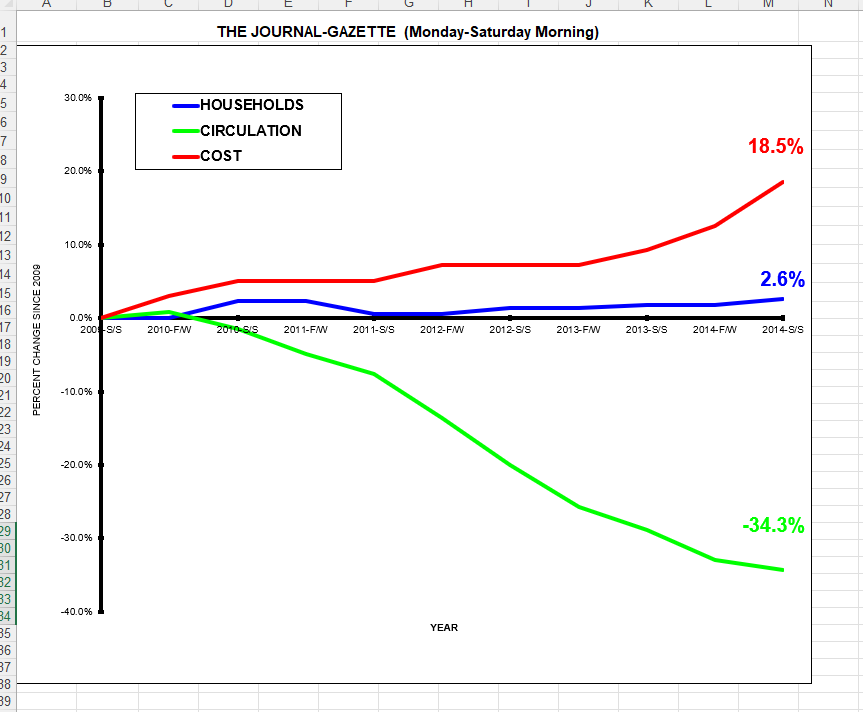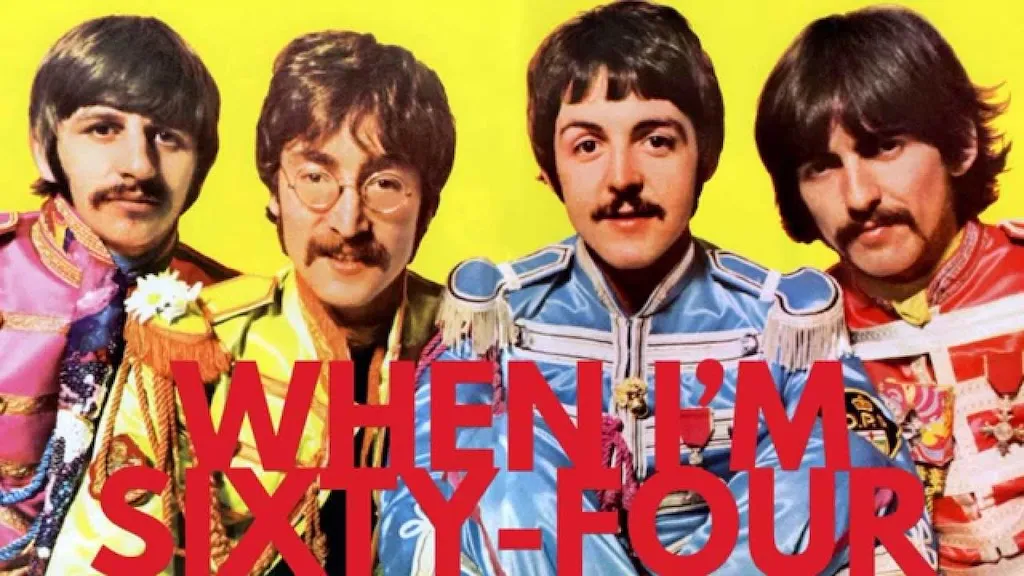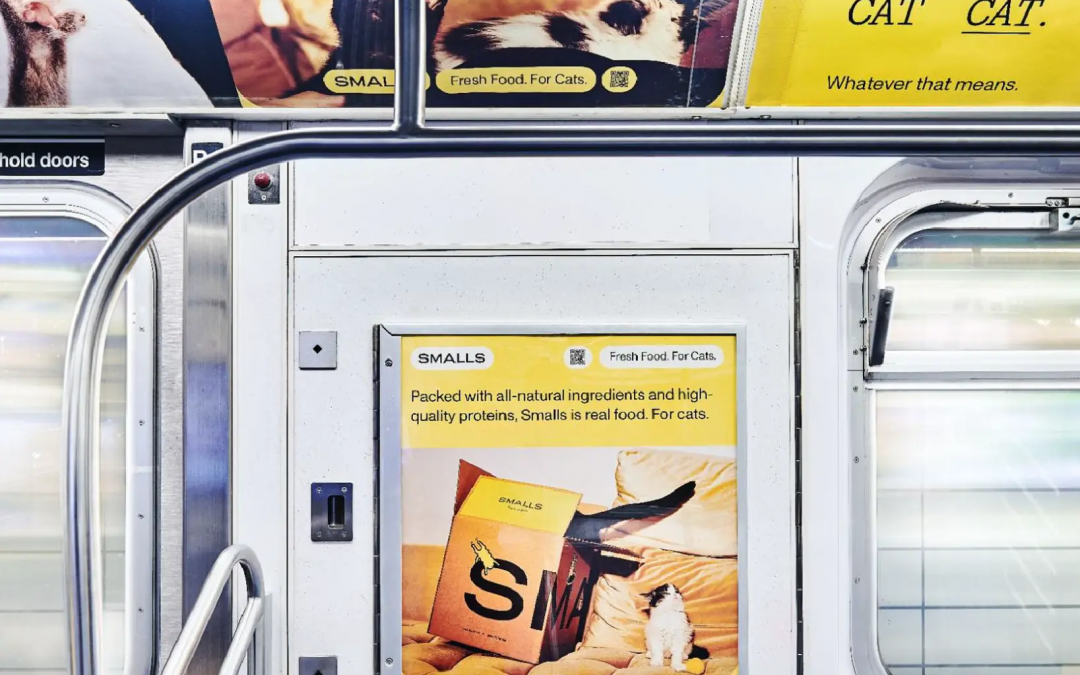
QR Code Mania
Sometimes technology comes before it’s needed and then there is a triggering event that propels that emerging technology towards mainstream use.
This is the story of QR codes.
Do you use them in your business?
They’ve been around for quite awhile and some of the early uses left people wondering “Why?”
The triggering event that propelled them into the mainstream consumer world happened in 2020 and 2021.
You recall a mere 4 years ago when this coronavirus with the name Covid-19 created a huge upheaval in our world.
Initially at the end of 2019 and beginning of 2020 we were told it’s no big deal, just a few isolated cases in the world and if it came to America, we could isolate it. But a few weeks later a different strategy was urged. First we were told to stay home and shelter in place for a few weeks. Different government agencies and groups were giving conflicting advice and the whole thing turned political instead of just a health issue.
It was up to states and local governments to create and enforce rules, while solutions were being fast-tracked that led to millions getting vaccine jabs and others saying it was a hoax, or at least not as big of a deal as the media was portraying it to be.
A lot of confusion and upheaval but also a few changes in the way businesses operated.
One shift was the move back to one-time use items instead of reusable. For years, climate change advocates were moving us away from plastics and even some paper to old fashioned alternatives. In my life, the local Taco Bell that I would stop at for my breakfast burrito used to give me my food on a tray. When the pandemic hit they were drive-thru only but when they reopened the dining room, it was no more trays, here’s your food in a paper bag.
I’ve seen other restaurants switch from glassware and silverware to disposable in order to eliminate potential cross contamination.
And we’ve finally seen the rise of QR code use.
Useful QR Code use, not the silly QR code use from a decade ago.
Many restaurants and drinking establishments switched from having printed menus that would get touched by 100’s of people and were big germ spreaders to placing QR codes on the table so we can scan and view the menu on our phones. Some establishments also have a set up where i can pay my bill with QR code technology.
Let me be clear that in case you are unaware of what these QR codes do, they are simply a way for a consumer to get to a place online by scanning a QR code. This makes it possible for you and I to visit a website without typing in a URL or doing a Google Search or any of that.
A QR code is a tool that the camera on your smartphone or tablet can read and interpret as a hyperlink to something online. That’s all it is.
From a business standpoint QR codes can be a money saver too because instead of printing hundreds of menu’s and then tossing them when they have changes or simply are worn out, the business can update the online page. Someplaces update it weekly to reflect their specials. This was prohibitively expense when all we had was ink and paper.
QR codes can by a shortcut to trackable hyperlinks too which helps businesses but doesn’t look scary to the consumer.
In 2012, I wrote an article about Idiotic QR Codes that I’ve linked here. The Air Force Reserve was running a traditional billboard campaign that you would see as you’re driving and expected people to have their phones handy to be able to scan a giant QR code while speeding down the road. Talk about the dangers of multi-tasking distracted driving!
I’ve written other articles about QR codes in years past that you can find here.
A big challenge in advertising and marketing is the ability to track results. and while the use of QR codes is not a solution for everyone, everywhere, I discovered a marketing success story from URL shortening service Bit.ly that was used by cat food company Smalls in New York City.
Smalls recently launched an advertising campaign throughout the New York City subway system that scratched just the right itch for cat parents in the Big Apple. These adorable ads had the power to make even the most dogged commuter pause and purr with delight. according to the article.
Signage on the subway system included QR codes.
Knowing that this campaign marked their grand entrance into the world of big-city advertising, Smalls wanted to get the most out of their efforts by leveraging QR Codes to drive viewers to their website across every ad placement.
And what were the results?
By putting the spotlight on these irresistibly photogenic cats and pairing them with concise, compelling messaging, Smalls managed to not only create brand awareness but also guide people toward their ultimate goal—interacting with the brand on their website. With smartphones in hand, subway riders could easily scan the Bitly QR Code and enter the Smalls universe.
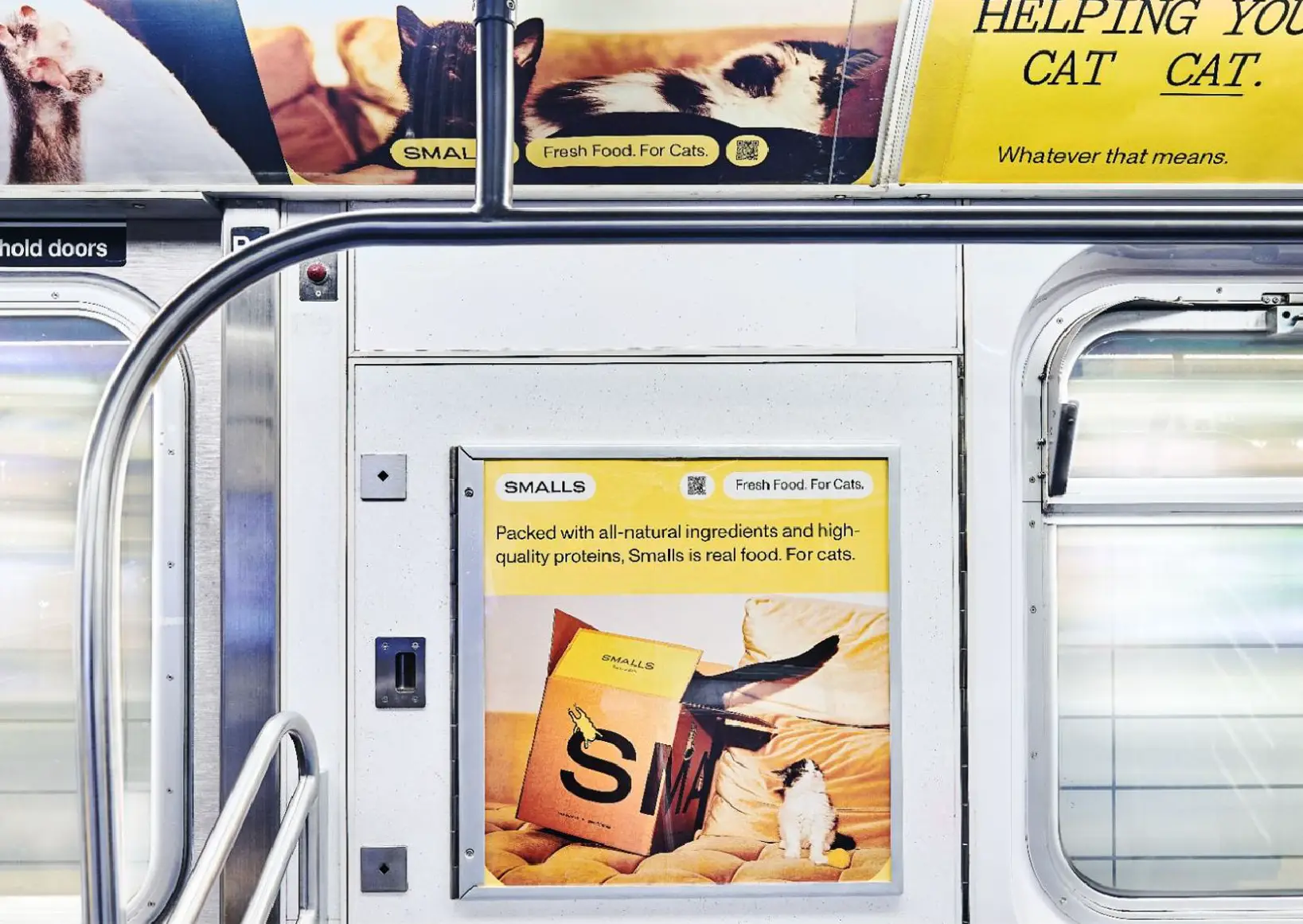
As a result, Smalls reached up to 3.6 million subway riders and 500,000 New York City cat parents, building more brand awareness and driving new traffic to their website.
I’ve used the free Bit.ly services for years along with Google’s URL shortening service. Both offer free and paid versions of QR Code generation. A couple years ago when I was looking to add people to my team, I created cards that I handed out at career fairs with a QR code that potential candidates could scan to go online and see our openings. We’ve also used them at a fund-raising event to make it easy to receive online donations.
Need help deciding if you should include QR codes in your business? Reach out and let’s talk. I’d also like to hear from those of you who are already implementing QR codes and how you’ve incorporated them.


